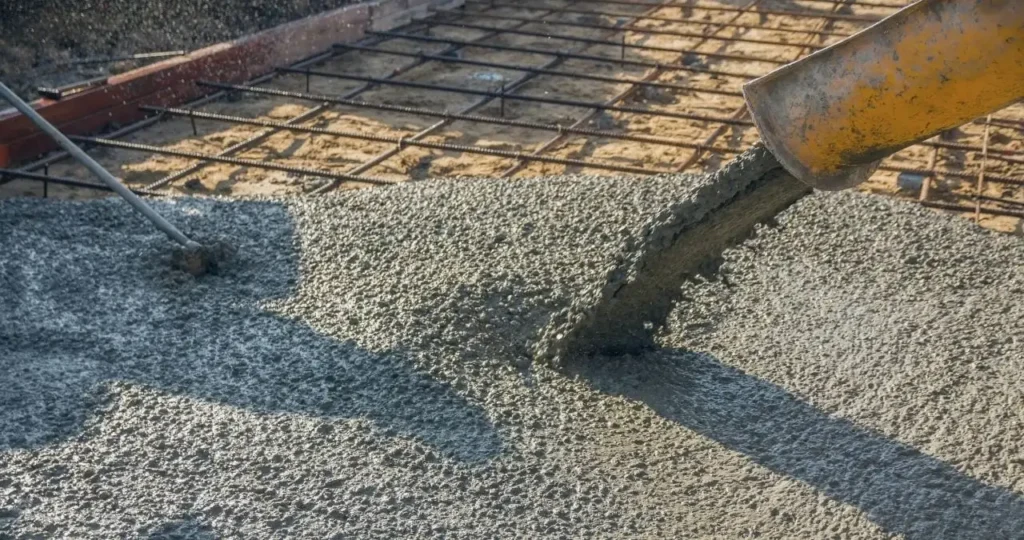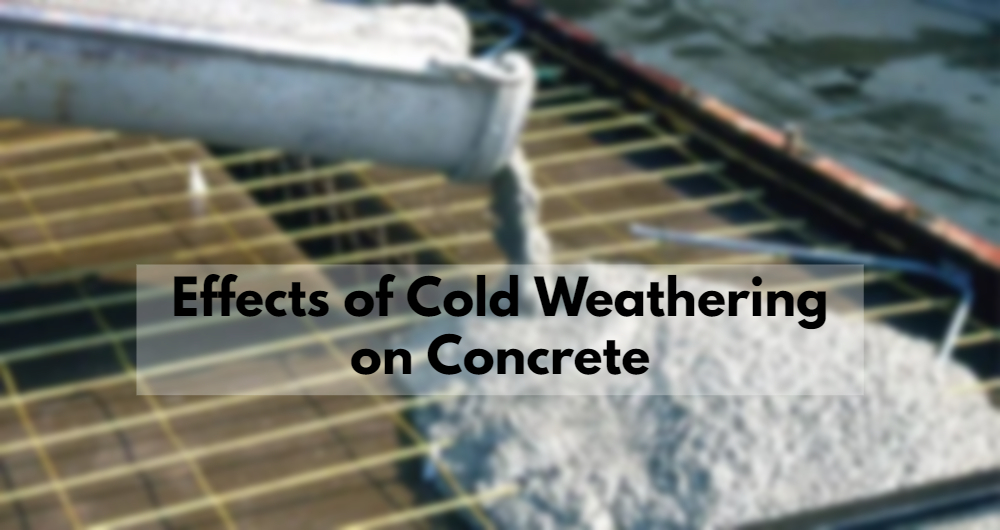Concrete is among the strongest building materials used in construction projects, but it can be surprisingly elusive, especially during its pouring and installation under different circumstances. Moreover, after it’s poured and set, concrete testing is susceptible to environmental changes and undergoes deterioration. Awkwardly, the effect of cold weather results in major structural damages thus resulting in huge destruction. Recent studies of structural engineering have revealed links between the appropriate temperature of building materials and the ability of concrete buildings to withstand tremors. However, poor concrete installation under negative temperatures reduces the overall utility of structures and durability.
Damaged concrete can wreck cars, and concrete columns with cracking can lead to structural collapse. Besides, concrete is a popular construction material due to its durability and strength. However, it is vulnerable to changes in temperature, particularly extreme cold weather. At first glance, concrete is a stiff, durable material that seems everlasting against the elements. However, it’s common for even the strongest concrete to show signs of the flaw, especially when freezing temperatures and snowstorms hit. In Edmonton, where temperatures can reach -40°C during the winter months, it is critical to understand the effects of cold weather on concrete and the importance of concrete testing in Edmonton.
Effects of Cold Weather on Concrete
- Freeze-Thaw Cycles
One of the most important effects of cold weather on concrete is freeze-thaw cycles. It occurs when water within the concrete freezes and expands, which is about 9% causing internal pressure that can lead to cracks and other damage. When the temperature rises, the ice melts, and the water within the concrete contracts, leading to more damage. This expansion builds pressure within the concrete and can cause cracking, spalling, and even severe structural damage. When the ice thaws, the water seeps into the cracks and pores of the Concrete Testing in Edmonton. The recurrences of the process with subsequent freeze-thaw cycles can lead to additional deterioration of the concrete.
To avoid the freeze-thaw effect from damaging the concrete structure, various measures can be taken during the construction process. These include:
- Employing air-entrained concrete: Air-entrained concrete contains tiny air bubbles that can expand and contract during the freeze-thaw cycle, dropping the internal pressure that can cause damage.
- Appropriately curing the concrete: It can help the concrete reach its maximum strength and durability, dropping the likelihood of damage due to the freeze-thaw effect.
- By appropriate mix design: The mix design of the concrete should be suitable for the environmental conditions and the intended use of the structure. This can help certify that the concrete can withstand the freeze-thaw effect.
- Spread over protective coatings: A protective coating to the concrete can help avert moisture from penetrating the surface and causing damage.
- Concrete Strength
Cold weather can also disturb the strength of concrete. When concrete is poured at negative temperatures, the hydration process slows down, and the concrete may not reach its full strength probably. Moreover, cold temperatures can cause the water in the mix to freeze, which can result in pours and a decline in the concrete’s overall strength.
It is also important to take steps to protect the concrete during cold weather conditions. This can comprise using insulating blankets or other Material Testing in Edmonton to cover the concrete and prevent it from freezing. Furthermore, proper curing practices should be followed, such as keeping the concrete moist and at a constant temperature, to certify that it develops the essential strength.

- Workability
Workability refers to the ease with which concrete can be positioned, consolidated, and finished. In cold weather, concrete becomes harder and less workable, which can make it inspiring to place and finish. If the concrete is not placed and finished properly, it can lead to surface defects and reduced durability. The workability effect of cold weather on concrete is a crucial factor that must be considered by construction professionals in Edmonton.
As temperatures drop, the workability of concrete can be knowingly impacted, potentially resulting in concerns with concrete placement, finishing, and curing. It is affected by several factors, including cement content, water content, aggregate properties, and environmental conditions.
One of the most important steps to tame the workability of concrete in cold weather is to use the right mix design. A mix design that is precisely formulated for cold weather conditions will help guarantee that the concrete remains workable and does not freeze. This mix design normally includes higher amounts of cement, as well as admixtures such as set retarders, air-entraining agents, and accelerators. Such additives help to increase the workability of the concrete and stop it from freezing.
Importance of Concrete Testing in Edmonton
Concrete testing in Edmonton is essential to confirm the quality and performance of concrete in cold weather conditions. A concrete testing technician in Edmonton can perform several tests to evaluate the concrete’s strength, workability, and durability. Some of the most common tests include:
- Compressive strength tests: These tests define the concrete’s ability to resist compression and can help recognize potential issues with the concrete’s strength.
- Slump tests: Slump tests measure the workability of the concrete and can support determining if the concrete is too stiff or too wet.
- Air content tests: These tests measure the amount of air trapped in the concrete and can aid identify potential concerns with freeze-thaw cycles.
- Temperature monitoring: It can help ensure that the concrete is poured and cured at the right temperatures to enhance strength and durability.
By performing concrete quality testing in Edmonton, construction experts can ensure that the concrete used in their construction projects meets the necessary requirements and achieves well in cold weather conditions.
Conclusion
Lastly, cold weather can have significant negative effects on concrete, including freezing and thawing, reduced strength, and decreased durability. Material Testing Services Edmonton is crucial to ensure that the concrete used for high-quality construction projects withstands extreme cold weather. Concrete testing technicians in Edmonton use a variety of tests to determine the quality and strength of the concrete, including compressive strength tests, slump tests, and air content tests. These tests help to ensure the longevity of the structures built with it. Central Material Testing manages crucial concrete testing in Edmonton for serving as a reliable partner for your construction projects.



Leave a Reply